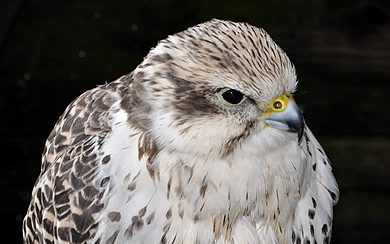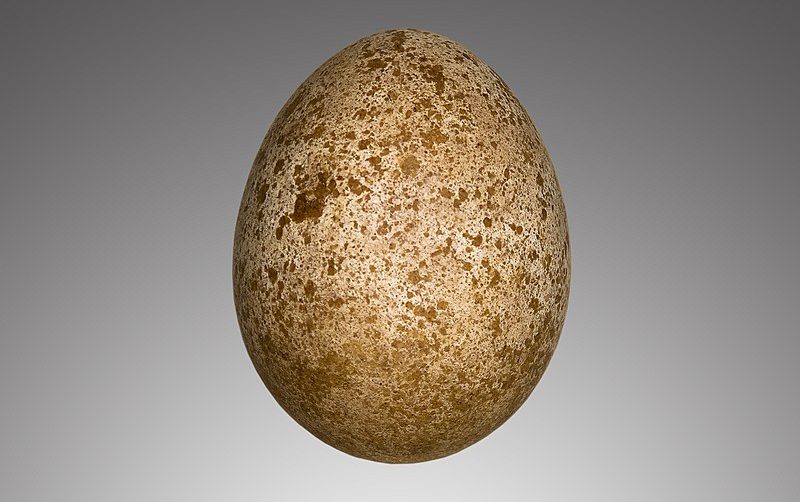
A record number of almost 183,000 birds have been seen in the Hortobágy National Park.Continue reading

The Hungarian Ornithological and Nature Conservation Society (MME, also known as BirdLife Hungary) announced that the saker falcon has been named Bird of the Year 2024. The nature organization has a huge responsibility in the conservation of the species, and the saker falcon is an outstanding natural asset at a continental level.
More than 60 percent of the saker falcon population in the European Union nest in Hungary, and the only proven stable, slightly increasing population of the species in the Carpathian Basin. BirdLife Hungary recalled that they have been paying special attention to the saker falcon since the association’s establishment in 1974, which is why in 2024, it was chosen as the society’s 50th anniversary year bird.
The saker falcon is a large, broad-winged falcon similar in size and coloring to the common kestrel. In Eurasia, only the gyrfalcon is larger than the saker. It is mainly found in Asia, mainly in China, Mongolia and Kazakhstan,
with most of the European population in Hungary and Ukraine.
The global population was estimated at 17,400-28,800 pairs in 1990, and 6,100-14,900 pairs in 2013, with Europe accounting for a fraction of this number, around five percent. The species almost disappeared from Hungary in the 1980s, when the number of known pairs of saker falcons was barely 10, but thanks to conservation work coordinated by the MME, the number is now around 150 pairs.
As a terrestrial predator living in open, bushy areas, it specializes in medium-sized rodents such as wolverines, hamsters, and ground squirrels, but can also prey on smaller, mouse-sized species. In their absence, behaving like a classic hawk, it switches without difficulty to preying on flying birds, especially species the size of herons and pigeons.
Like other members of its family, the falcon does not build nests, breeding once a year. On the ledges of rock faces, it uses the nests and nest remains of ravens, or it may make a shallow depression in the rubble of the bare ledge to lay its eggs, and in wooded habitats it may move into the empty nests of other medium to large birds, mainly buzzards and eagles.

The egg of the falcon. Photo via Wikipedia
For years, MME has successfully used volunteer nest-guarding, followed by the declaration of the warthog as a protected species and the reintroduction of rodents to their former habitats.
Nowadays, more than two thirds of the domestic population breed in so-called “perpetual” aluminum nest boxes installed on metal traverses of the high-voltage grid, protected from both rabbits and humans.
Via MTI, Featured image via Wikipedia